|
Writing a weekly blog is very gratifying. Yes, it takes a great deal of time and research, but also requires the "3 P's"-planning, patience and persistence. I say this more than anything when things seem out of my control as a content creator and publisher. Sometimes there are technical glitches that keep the story from going out. I hope this isn't the case here, as I am writing a micro-story in hopes to get a larger, more intricate story in front of more eyes—your eyes. You can say that the "powers that be" have successfully thwarted multiple attempts to give a boost to this excellent tale about an early Frederick archeologist with ancestral ties to some of the state's oldest families. I have included a link to this story about Edward Ralston Goldsborough, one that I hope you click and read after I tell you a short story about a recent pair of gravestones I found in Area OO of Mount Olivet.  "winged death's head" "winged death's head" The Opening Act Mount Olivet Cemetery is comprised of monuments dating from the 1700s up through the present day. Their diversity of size, color, shape and composition provide a landscape of beauty, culture and historical significance. In the late 1700s and early 1800s, monuments were often made of sandstone and slate. Traditionally, these were easier to quarry, cut and carve. Sometimes they were carved with skull and crossbones and imagery such as a winged death’s head, representing the fear of death and afterlife. During the Victorian era (1837-1901), there was a change of attitude towards dying. The winged death’s head was softened and often shown as a winged cherub. Marble and brownstone monuments were introduced in the early 1800s and often had verses, or even portraits carved on one side. Occasionally monuments were shaped in the form of a table and chairs and families would come to picnic as they visited their loved ones. Typical symbols during the 1800s included angels of death, mourning women, star of David, the Dove, lambs for children, the Egyptian symbol Ankh, Eye of Horus, weeping willow tree, maple leaf, wreaths, flowers, horseshoes, a sword or a broken column.  In 1873, U.S, Secretary of War William W. Belknap adopted the first design for headstones to be erected in National cemeteries for Civil War soldiers who fought with the Union Army. The style was a slab design of marble or durable stone four inches thick, 10 inches wide and a height of 12 inches above ground. Within several years, these stones were being provided to private cemeteries and also extended to include Confederate soldiers so they became a common sight across the country. We certainly have our share of the latter here in Mount Olivet. By the 1900s, it became evident that environmental factors affected the marble stones and blurred the engraved lettering. As an alternative, a very hard stone called granite became the material of choice. Granite is available in a variety of shades and colors and is still one of the most popular monuments used today. It holds up to the elements, clearly shows the engraved lettering and can be polished to a brilliant shine. We don't have a plethora of sandstone monuments here in Mount Olivet due primarily to the age of Frederick. If we had been founded earlier in time, then we may have more sandstone examples like the communities of the northeast part of the country for example. I wrote on our best known specimen some years ago, in the form of the gravestone of Jacob Stoner (Steiner), one of our earliest settlers. The builder of the famed Millpond House of Worman's Mill died in 1748, just three years after Frederick Town's founding. I like to think that this is the oldest formal, grave monument that exists in western Maryland and ask people to provide me other surviving examples that are older, and just as detailed. Steiner descendants had approached the cemetery over a decade ago hoping for its safekeeping indoors, as the elements were slowly destroying this ancient specimen. Such is sandstone. We recently had the Steiner stone monument cleaned and placed in a custom built base for future display as I'd like to open a mini visitor center/museum here one day. I was recently on a walk of the grounds and came upon two nouveau sandstone monuments, a rare sight as they truly stood out in the company of other stones. They belong to a couple with the Irish surname of Power—John and Elizabeth, the latter going by the nickname of "Bessie." I didn't find out a great deal of information on these individuals, because John came to this country in 1900 as an immigrant from Dublin, Ireland. To be exact, his true hometown was that of Rathdown. He lived the rest of his life in Washington, DC. Bessie, was the former Elizabeth Matilda Moore, a native of Frederick who moved to the district with her parents (Isaac Wisong Moore and Emma Virginia Bartgis) in her youth. The couple married in Washington in 1911, and took up residence there as well. Marriage announcements in both Frederick and the district's newspapers gave me my best source of info on this couples "story in sandstone." John was born in Ireland (as earlier mentioned) on March 26th, 1882. His life was not particularly long, as he would die at age 55 on January 10th, 1938 in Washington, DC. His obituary did not provide me with much information as you will see below. John's draft registration gleaned some information on the couple's whereabouts in 1917, along with John's profession. He had a career in the grocery field as his employment was with a store called the Old Dutch Market. John, an Irishman, served as general manager of a grocery store called the Old Dutch Market. This was a chain begun in 1907, and he was originally assigned to the store in northwest on Pennsylvania Avenue. I also took notice that he was a pretty good golfer, as his name appears as part of competitive foursomes on the greens of the surrounding Metro area. Bessie was a homemaker and somewhat a socialite, while her husband continued work with the Dutch Market. I found a couple interior shots (courtesy of the Library of Congress) of one of the Washington locations on the popular website GhostsofDC.org and wonder if any of these employees pictured were Mr. Power? Sadly, I read, by July 1927 they were forced to close the Old Dutch Markets and the whole company sold for $70,000 at auction. The 1930 census lists John as the manager of a chain store, so he wasn't out of work for long, perhaps a sign of his managerial talents. In this same census, the Powers, who would have no children, were living in one of the nicest apartment complexes in the city. In doing a search on this building, I found the following information regarding the Chastleton which was built in 1919 and considered "state of the art" for its time. "The annex will be constructed in the same architectural style and height as the Chastleton so that the structure will be one complete building, with a frontage of 234.5 feet on Sixteenth street and 252 feet on R street. It will extend from the corner of R and Sixteenth streets to within 40 feet of the Scottish Rite Temple. This space is left to furnish light. The complete Chastleton apartment will contain 310 apartments and 1,000 rooms. The transaction was handled through the F. H. Smith Co. In connection with the financing of the Chastleton Apartment Annex, S. W. Straus & Co. have underwritten a first mortgage 6 per cent serial bond issue of $724,000. The total valuation of the property is placed at $3,000,000." John died in 1938 and was buried here in Mount Olivet in his wife's family lot (Area OO Lot 77). He had no ties to Frederick as an Irish immigrant who spent his life as a naturalized US citizen in DC. Here he is under a sandstone monument. However, this rock may just be Irish in origin after all. I found a company online that championed Irish Sandstone as one of the best choices for grave marking as "a hard-wearing stone with beautiful colours making it the perfect choice for a headstone." Bessie Power lived until 1949, and I found it interesting that her obituary mentions that she worked for the Department of Justice. She would be buried here in Mount Olivet between her husband and parents who had passed in 1911 (mother) and 1916 (father). The Powers stones just need a good cleaning, but the sandstone has held up very well over the past 75-85 years, and are truly works of graphic art against a beautifully colered palette of what I assume is Irish Sandstone. Can anyone verify if these stones hail from the Emerald Isle?  Main Event So speaking of stone and culture, let's switch gear to the disciplines of geology and archeology, shall we? The study of geology has provided archaeology with important information to unlock the past. Knowledge of rocks and minerals can be used to identify where materials for stone tools, pottery, and buildings originated, and in some cases, these items can be studied to determine when they were first used by people. These methods allow archeologists to study trade networks between prehistoric peoples over time. The finding and study of spearpoints and arrowheads have been important clues to the past all over, but also here in the Middletown and Monocacy valleys of Frederick County. Time now to introduce Edward Ralston Goldsborough, a man who devoted much study to the subject of Native Americans and the first human travelers through, and residents of, what would become Frederick County. Go ahead, and click the link button below:
1 Comment
Bill Lebherz
5/3/2023 07:24:17 am
Great story. I was hoping the story would mention John Snyder. When I was around 6 or 7 years old, living at 20 E. Third St., John gave me a selection of arrowheads. As I recall, my mother said he had collected them along the Monocracy near the site of the old "Red" bridge, which no longer exists.
Reply
Leave a Reply. |
STORIES
|
Archives
July 2024
June 2024
May 2024
April 2024
March 2024
February 2024
January 2024
December 2023
November 2023
September 2023
August 2023
July 2023
June 2023
May 2023
April 2023
March 2023
February 2023
January 2023
December 2022
November 2022
October 2022
September 2022
August 2022
July 2022
June 2022
May 2022
April 2022
March 2022
February 2022
January 2022
December 2021
November 2021
October 2021
September 2021
August 2021
July 2021
June 2021
May 2021
April 2021
March 2021
February 2021
January 2021
December 2020
November 2020
October 2020
September 2020
August 2020
July 2020
June 2020
May 2020
April 2020
March 2020
February 2020
January 2020
December 2019
November 2019
October 2019
September 2019
August 2019
July 2019
June 2019
May 2019
April 2019
March 2019
February 2019
January 2019
December 2018
November 2018
October 2018
September 2018
August 2018
July 2018
June 2018
May 2018
April 2018
March 2018
February 2018
January 2018
December 2017
November 2017
October 2017
September 2017
August 2017
July 2017
June 2017
May 2017
April 2017
March 2017
February 2017
January 2017
December 2016
November 2016

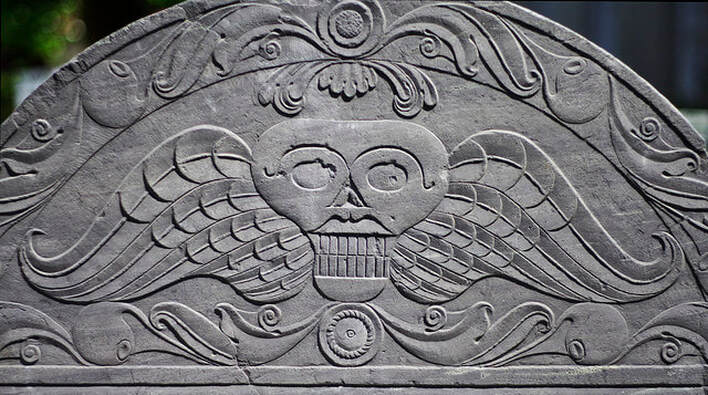


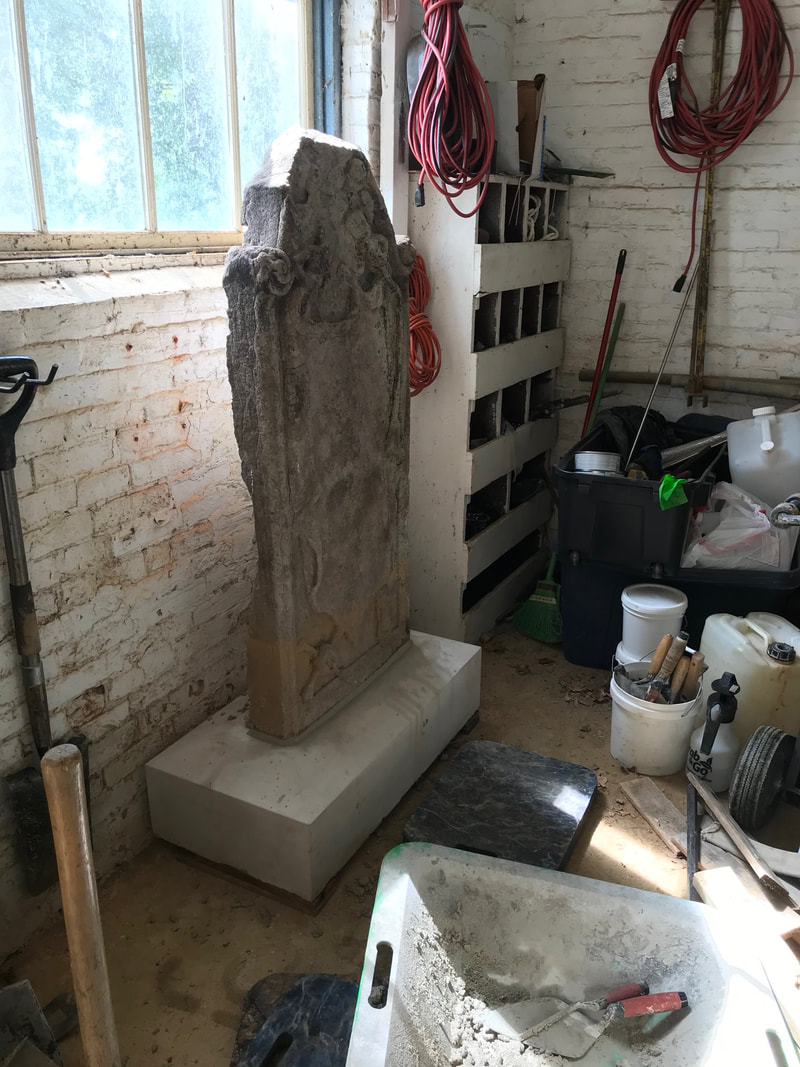

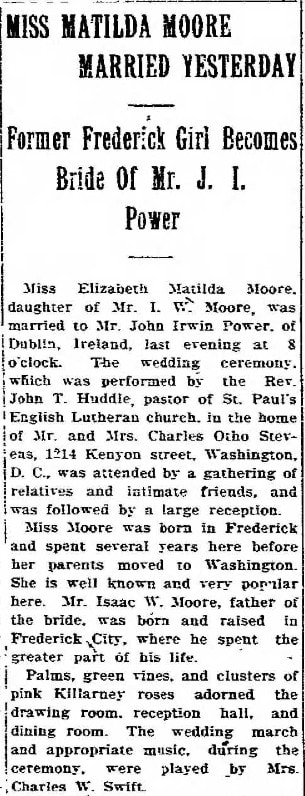











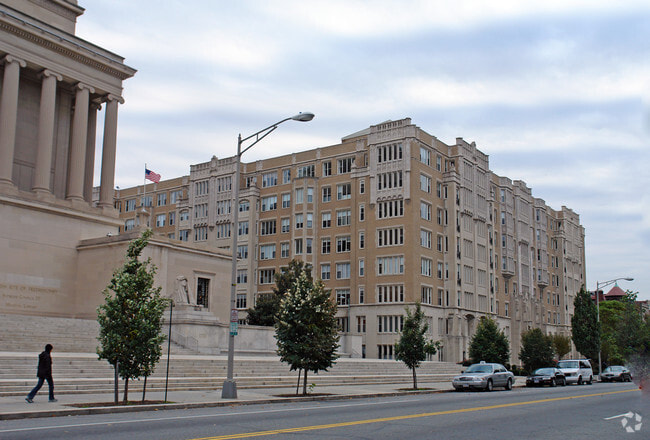



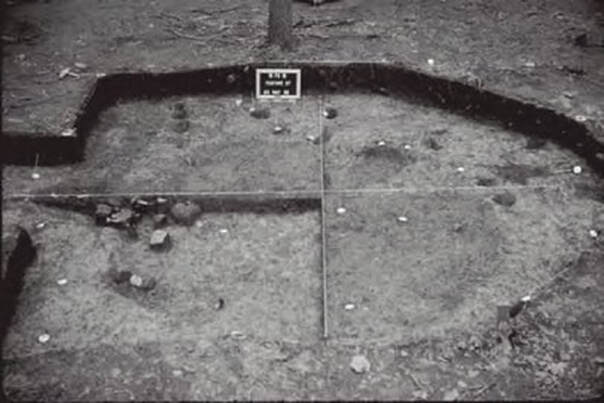

 RSS Feed
RSS Feed